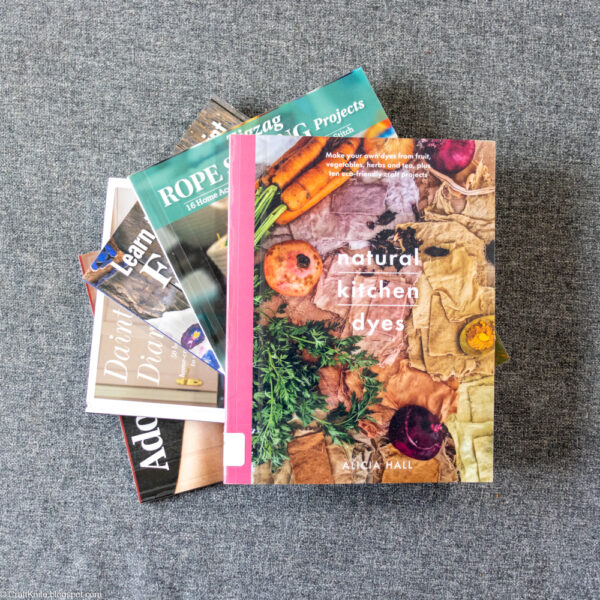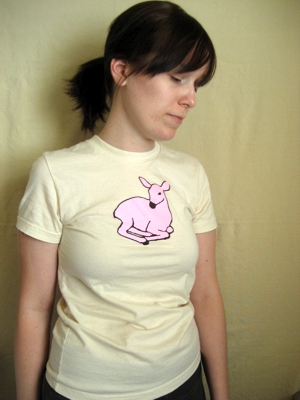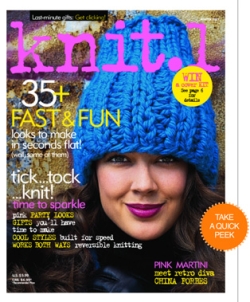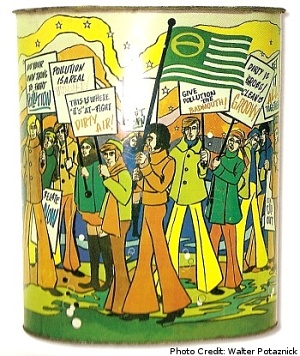One of my favorite hobbies is reading and trying out every new craft book that I can get my hands on each year. I’ll try just about anything, but my special interest, of COURSE, is eco-friendly crafting!
You’d be surprised (or probably you wouldn’t, sigh) to see how many of the tutorials in craft books call for toxic ingredients or encourage wasteful consumption. Buying a bunch of plastic crap from the Dollar Store to paint and glue into different crap isn’t the “recycling” craft that many so-called professionals seem to think that it is! So I’m always on the lookout and reserve a special place in my heart for those craft books that truly do use eco-friendly methods and/or materials.
Here, then, are my favorite eco-friendly craft books published in 2022!
Natural Kitchen Dyes, by Alicia Hill
Natural dyes are so fun to experiment with. And you don’t need a lot of experience or foreknowledge to enjoy making and using your own natural dyes. Turmeric and black walnut, goldenrod and red cabbage are quite user-friendly!
However, if you enjoy your first forays into natural dyeing, you’ll soon want to know more. How can you make your dyes consistent? How can you create vibrant colors? Can you dye wool, cotton, and synthetic fabrics the same way you dye silk? How can you keep your dyed fabric from bleeding?
Natural Kitchen Dyes, by Alicia Hill, is THE textbook for the interested dyer. It’s a good first book for the crafter who hasn’t ever so much as tie-dyed a single T-shirt. And it’s a repository of knowledge for the crafter who’s fairly handy with a dye pot but would like to be better. Best of all, Hill strives to use tools and ingredients that you can easily make or obtain yourself, rather than seek out or special order. When I wanted to get really serious about dyeing one summer, I had to make a larger-than-desired online purchase of mordant–I had no idea that I could use soy milk instead! Thanks, Alicia!
If you ARE pretty new to dyeing, you might find yourself a little overwhelmed by discussions of pH and modifiers and other technical things that will thrill more experienced crafters, but these sections are easy to skip. Instead, go straight to the tutorials and dive right in. Might I recommend that you start with the carrot top dye? The wool felt that I dyed chartreuse using that tutorial is phenomenal!
Learn to Dye and Print Fabric Using Shibori, Tie-Dye, Sun Printing, and More, by Elisabeth Berkau
Whether or not you use homemade, natural, or store-bought dyes and paints, or cotton, wool, or synthetic blend fabrics, there’s another entire world of nature-based techniques that you can add to your dye projects. Learn to Dye and Print Fabric Using Shibori, Tie-Dye, Sun Printing, and More, by Elisabeth Berkau, explores various ways to harness the sun to print and dye, and various natural tools, such as vegetables or wood, to stencil, stamp, and print fabrics.
I’ve long been interested in cyanotype, or printmaking with the sun, so I was most excited to read the step-by-step walk-through of exactly how to mix and handle the specific chemicals to create DIY cyanotypes. You do have to buy the special supplies for this. But you can customize your results that way, and experiment much more cheaply than you can via buying ready-made cyanotype papers and fabrics. However, I also learned that it’s possible to make some sun prints in a variety of colors using just regular paint. It turns out that I like playing with this technique a LOT more than I do fussing with cyanotype solutions!
Zigzag Rope Sewing Projects, by Katherine Lile
Know what would be a TERRIFIC material to dye with natural dyes?
ROPE! And once you’ve dyed it a beautiful chartreuse, you can use Zigzag Rope Sewing Projects, by Katherine Lile, to show you how to stitch it into the perfect basket, bowl, or bag.
The introductory chapter of Zigzag Rope Sewing Projects tells you everything that you need to know to have a satisfying experience with this craft, from the type of rope to the type of sewing machine, including how to figure out the best type of zigzag stitch for each project. Cotton rope is, of course, the most eco-friendly option, and is what’s called for in this book. But you CAN do most of these projects with paracord, for those who have it in their stash. For those who have even more stash to upcycle, check out Lile’s tutorial on wrapping rope in fabric scraps.
Zigzag Rope Sewing Projects includes a ton of tutorials to make items like Easter baskets, coasters, and bowls of all kinds, but my favorite way to use this book is to start with one of the bases that Lile teaches, then mix and match various features of her other projects to make my own entirely new creation. That’s how I achieved the exact dip-dyed hanging basket of my dreams!
Dainty Dress Diaries, by Catherine Carton
I don’t know what it is about that cozy cottage vibe! I go through all kinds of crafty phases, from industrial to steampunk, and rustic to fanart, and then I cut up a bunch of wooden pallets… and then, somehow, I’m back to decoupaging flowers on Mason jar lids and pouring candles in teacups.
Not every single project in Dainty Dress Diaries, by Catherine Carton, uses eco-friendly materials, but most do. You’ll have teacup projects aplenty, as well as all the cushions, buntings, and sweet little sewn holiday decorations that your sitting room can hold. My favorite projects, though, are the ones that upcycle materials in surprising ways. Would you like to make a vintage plate clock, perhaps? Or a glass bottle vase that looks much more interesting than you think a glass bottle vase is going to look? Carton will walk you right through both projects!
Dainty Dress Diaries also includes several garden projects that bring the cozy cottage vibe outdoors. I love the painted tire planter for my flowers (probably don’t plant veggies in an old tire, alas). And the Buzzin’ Bee Hotel has turned into by far my favorite insect hotel. It’s got so much room for insects, and it’s SO cute!
Adorable Applique Sewing Projects, by Olesya Lebedenko
Adorable Applique Sewing Projects is another book where every project isn’t doesn’t use overtly eco-friendly materials, but the substitutions for eco-friendly materials are easy to make in almost all cases. And the walk-throughs of various applique techniques, complete with close-up photos of key steps, are everything that you need to go off-roading with your own independent applique projects.
I was surprised to see how three-dimensional many of these applique projects and techniques are, and how Lebedenko customizes them further with embellishments like paints and decorative cording. While I haven’t made any of her projects exactly as-is, her techniques have informed a lot of other work that I’ve done recently. Now I know how to make the CUTEST zipper pulls!
My favorite projects from Adorable Applique Sewing Projects use materials in surprising ways, whether it’s applique to embellish a postcard or metal lids used to make a coin purse. I’ve been happily off and running with both techniques since. I’m pretty excited by sending my little DIY postcards off into the world (yes, you CAN mail them!) and saving up my metal lids in pairs to make various sizes of coin purses.
Did you read a craft book that you think belongs on my hit list? Tell me about it in the Comments!












